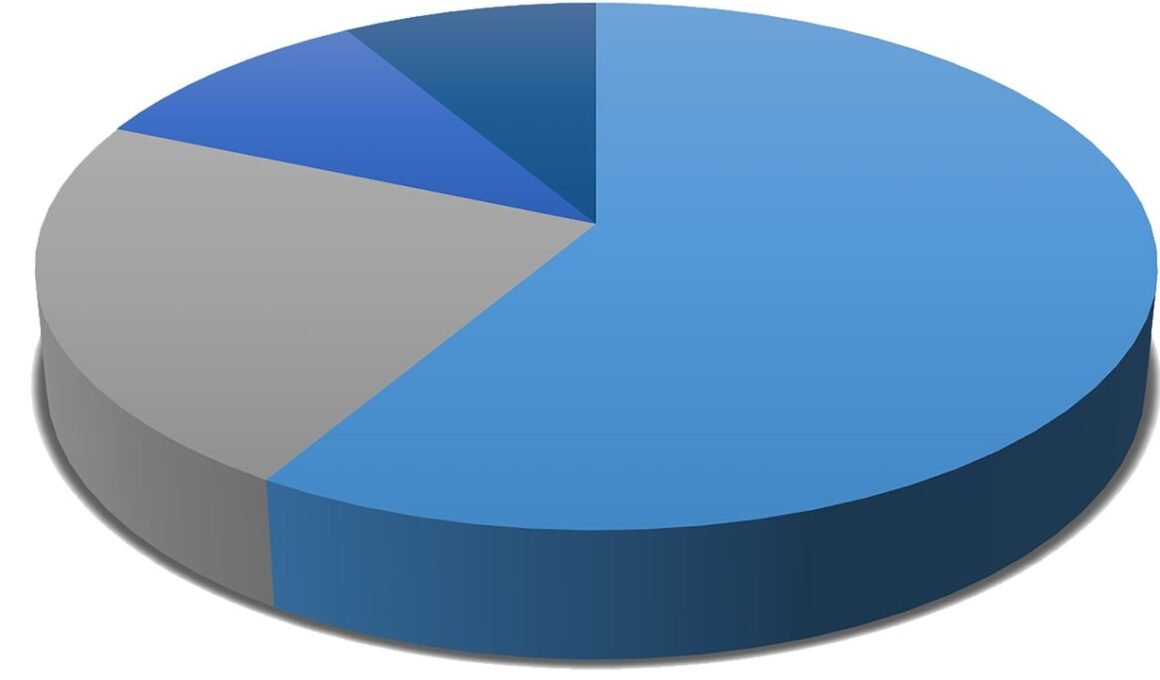Pricing Analytics for Subscription-Based Models
Effective pricing strategies are essential for subscription-based models, impacting customer retention and overall profitability. Subscription pricing requires a thorough understanding of customer preferences and willingness to pay. By leveraging pricing analytics, businesses can optimize their pricing strategies to maximize revenue while meeting market demands. Key components of pricing analytics include analyzing competitor pricing, understanding customer lifetime value (CLV), and assessing elasticity of demand. Utilizing data warehouses allows for integrated analysis of multiple data sources, leading to informed decision-making. Advanced analytics techniques, such as predictive modeling and machine learning, can forecast customer behavior and test pricing models. Businesses often rely on software solutions that offer pricing analytics features, enhancing their ability to compete effectively. Regularly reviewing pricing strategies ensures alignment with changing market conditions and customer expectations. Understanding price sensitivity among different customer segments is critical, as not all customers respond equally to pricing changes. By addressing these factors, companies can devise strategies that promote long-term customer relationships and sustainable revenue growth. Companies must continuously adapt their pricing analytics approaches based on real-time market feedback to stay ahead in a competitive landscape. The future of pricing strategy lies in data-driven decision-making.
Importance of Pricing Models
Various pricing models exist for subscription-based businesses, including freemium, tiered, and flat-rate pricing. Each model has unique advantages and challenges, thus understanding them is crucial for pricing optimization. The freemium model allows users to access basic features at no cost while charging for premium features, drawing in large customer bases. This strategy encourages initial trials, fostering a larger pool of potential conversions to paid subscriptions. Tiered pricing offers different service levels at varying price points, catering to diverse customer segments and preferences. Additionally, this model promotes upselling opportunities, increasing overall revenue per customer. Flat-rate pricing simplifies the customer experience and can lead to predictable revenue streams, although it may limit potential gains from high-demand customers. Implementing dynamic pricing strategies can further enhance revenue potential, adjusting prices in real-time based on demand shifts. Businesses can utilize data analytics to identify optimal pricing points for different subscription plans, ensuring competitiveness. Flexibility in pricing models allows businesses to adapt to market changes and user feedback. Moreover, understanding customers’ perceived value of services helps in tailoring pricing strategies to boost satisfaction and engagement. Continuous assessment of pricing models improves financial performance and fosters business growth.
To effectively implement pricing analytics, businesses must collect and analyze extensive data on customer interactions, preferences, and behaviors. A variety of tools, such as customer relationship management (CRM) software and analytics platforms, can simplify data collection and presentation. Gathering data on sales, churn rates, and customer feedback enables businesses to identify trends and patterns that drive subscription success. The process of analyzing this data often involves segmentation, allowing businesses to categorize customers based on behaviors, spending habits, or demographics. This segmentation approach enables targeted marketing efforts and personalized pricing strategies. Furthermore, monitoring market conditions and trends provides valuable insights that inform pricing adjustments. Regular A/B testing helps evaluate customer responses to pricing changes, aiding in the assessment of optimal price points. Understanding seasonality effects and economic factors can further refine pricing strategies, ensuring that businesses remain competitive. Stakeholders must align on pricing goals and strategies to ensure a cohesive approach to pricing decisions within the company. Integration of various departments, including marketing and sales, facilitates collaboration throughout the pricing optimization process. Adopting a test-and-learn methodology empowers businesses to continually refine their pricing analytics strategies.
Challenges in Pricing Analytics
Despite its advantages, implementing pricing analytics comes with notable challenges that businesses must address. One primary challenge is the accurate collection and management of data from multiple sources. Inconsistent data formats and quality issues can hinder comprehensive analysis and lead to incorrect insights. Companies need to invest in robust data management systems to ensure reliable data accuracy. Furthermore, aligning various stakeholders on pricing strategies can prove difficult, especially when different departments have competing priorities or agendas. Clear communication and an established framework for decision-making can help bridge these gaps. Another significant challenge is obtaining accurate customer insights, as subjective customer opinions and preferences can vary widely. Market research and customer surveys play a vital role in gathering appropriate data, enabling businesses to make informed decisions. Additionally, external factors such as economic fluctuations, competition, and technology changes can impact pricing strategies. Companies must develop agility to quickly respond to these changing conditions. Achieving the perfect balance between affordability and profitability can be particularly complex, as businesses strive to maximize revenue while retaining customers. Addressing these challenges is critical to successfully leveraging pricing analytics for business growth.
To enhance effectiveness in pricing analytics, businesses should establish clear metrics for success evaluation. Key performance indicators (KPIs) can help track areas such as customer acquisition costs, customer retention rates, and revenue growth. Understanding these metrics allows for performance assessment and aids in refining pricing strategies based on actual outcomes. Monitoring customer behavior through advanced analytics can reveal insights into any drop in subscription conversions. Continuous improvement processes should focus on fostering advanced machine learning techniques that guide pricing recommendations. Businesses may also find value in gathering competitive intelligence, benchmarking their pricing strategies against competitors regularly. This ongoing review allows companies to stay competitive and make necessary adjustments to their pricing models. Moreover, integrating customer feedback into pricing strategies can lead to increased satisfaction. Utilizing social media sentiment analysis can further highlight customers’ perceptions regarding pricing. In today’s digital environment, companies should adopt a proactive approach to adapt their pricing strategies quickly. The synergy between customer insights and pricing decisions plays a key role in sustaining profitability. As customers’ needs evolve, so must the analytics strategies employed to ensure seamless alignment with market expectations.
The Future of Subscription Pricing
Emerging technologies and evolving customer expectations will significantly shape the future of subscription pricing. Data analytics and artificial intelligence (AI) will play crucial roles in optimizing pricing strategies by allowing businesses to gain deeper insights into customer behavior. Predictive modeling can help forecast future customer needs, thereby aiding in pricing adjustments. Additionally, businesses will increasingly rely on automation to streamline pricing processes, ensuring accuracy and real-time responsiveness. Customization and personalization will become critical factors in subscription pricing as technology enables tailored experiences for customers. Companies will need to prioritize building robust customer relationships to understand their preferences better and influence pricing dynamics effectively. The adoption of subscription models will likely expand into various industries, with new players entering the market, leading to increased competition. Establishing unique value propositions will be vital for businesses to differentiate themselves. Flexibility in pricing strategies will also be paramount, adapting to changes in customer behavior and economic conditions. Overall, the trajectory of subscription pricing will center on data-driven decision-making, fostering a customer-centric approach for sustainable growth and profitability. Companies that embrace innovation and adaptability will be best positioned to thrive in this competitive domain.
In conclusion, pricing analytics is an invaluable tool for businesses implementing subscription-based models. The ability to harness data effectively allows companies to refine and tailor their pricing strategies to maximize revenue, retention, and customer satisfaction. As competition increases, the importance of data-driven insights becomes even more pronounced. Organizations must invest in analytics solutions that can provide comprehensive insights into market trends and customer preferences. Establishing processes for ongoing evaluation and adaptation of pricing strategies will empower companies to navigate the complexities of the subscription economy successfully. The collaboration between various departments is essential for a unified approach toward pricing decisions, and integrating customer feedback will enhance the overall strategy. Embracing new technologies will further support businesses in developing more dynamic and responsive pricing models. Ultimately, the future sustainability of subscription-based businesses hinges on the strategic application of pricing analytics. By fostering an agile approach, organizations can remain responsive to market shifts and customer demands. As businesses continue to evolve, the use of pricing analytics will undoubtedly play a critical role in shaping successful subscription-based models that align with customer value and profitability.


